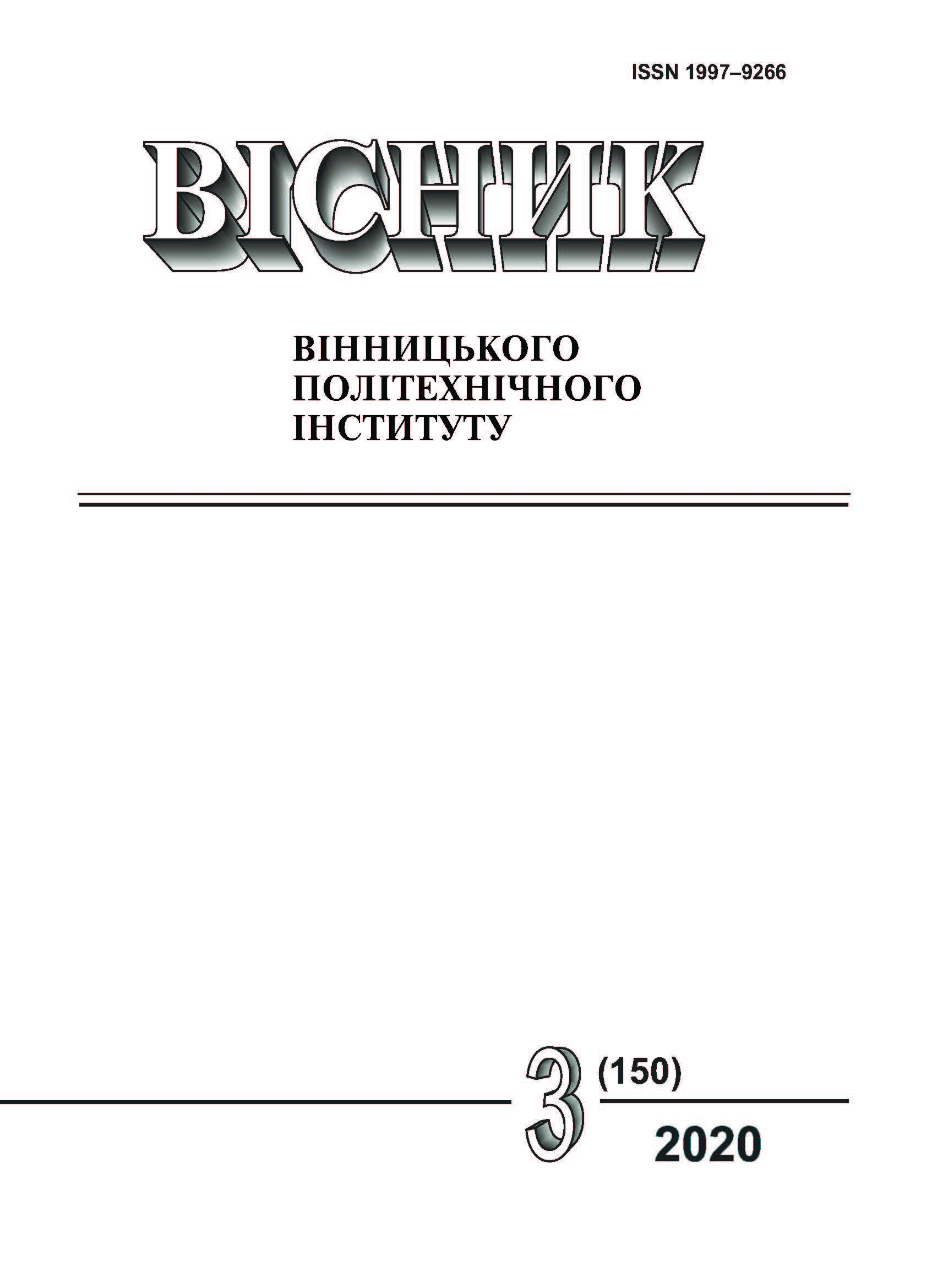Prediction of Losses in Cellular Systems Using Neural Networks
DOI:
https://doi.org/10.31649/1997-9266-2020-150-3-96-101Keywords:
cellular system, losses, neural networkAbstract
The paper considers a method for determining power losses of signal propagation in a cellular system. The new century is characterized by the rapid introduction of cellular communications in all areas of human life. The cellular signal transmission paths from a transmitter to a receiver may be different: from a line-of-sight to а densely built-over locality. Unlike fixed-line wiring, wireless radio channels have random parameters that are difficult to analyze. That is why radio link modeling is the most difficult task when designing cellular communication systems. Most cellular systems operate in cities where there is no direct vision between antennas of a base and mobile stations. In addition, the presence of high buildings leads to large diffraction losses. Also, the interference of radio waves due to re-reflection from different objects causes a significant change in the signal level. One of the promising fields of modern technology is artificial neural networks. An important feature of neural networks is the parallel processing of information by a large number of neurons at the same time. Typical tasks that can be solved using neural networks are: control, encoding and decoding of information, classification, forecasting, automation of a decision-making process, pattern recognition and more. Neural networks are used in telecommunication systems to solve the following tasks: traffic control, channel allocation, switching, and adaptive routing. The paper proposes to use a neural network for increasing the accuracy of power loss determining for cellular system signal propagation. After creating a software or hardware solution for the neural network, a mathematical model of the network must be created and the network training must be performed. The proposed neural network is a multilayer perceptron. The paper presents the proposed architecture of the perceptron. The number of neurons in all the layers has been substantiated. The operation of the multilayered perceptron has been described.
References
В. А. Утц, «Исследование потерь при распространении радиосигнала сотовой связи на основе статистических моделей,» Вестник Балтийского федерального университета им. И. Канта, № 5, с. 44-49, 2011.
С. В. Молчанов, и А. И. Захаров, «Применение искусственных нейронных сетей с целью прогнозирования характеристик распространения радиосигнала,» Вестник Балтийского федерального университета им. И. Канта, № 4, с. 100-105, 2014.
Yan Zhang, JinxiaoWen, Guanshu Yang, Zunwen He, and Jing Wang, “Path Loss Prediction Based on Machine Learning: Principle, Method, and Data Expansion,” Applied Sciences, vol. 9, issue 9, May. 2019. https://doi.org/10.3390/app9091908 .
Bruno J. Cavalcanti, and Gustavo A. Cavalcante, “A Hybrid Path Loss Prediction Model based on Artificial Neural Networks using Empirical Models for LTE And LTE-A at 800 MHz and 2600 MHz,” Journal of Microwaves, Optoelectronics and Electromagnetic Applications, vol. 16, no. 3, pp. 708-722, September. 2017. http://dx.doi.org/10.1590/2179-10742017v16i3925 .
Segun I. Popoola, Emmanuel Adetiba, Aderemi A. Atayero, Nasir Faruk, and Carlos T. Calafate, “Optimal model for path loss predictions using feed-forward neural networks,” Cogent Engineering, vol. 5, February. 2018. https://doi.org/10.1080/23311916.2018.1444345.
А. Ю. Кононюк, Нейроні мережі і генетичні алгоритми. Київ, Україна: Корнійчук, 2008, 446 с.
Downloads
-
PDF (Українська)
Downloads: 197
Published
How to Cite
Issue
Section
License
Authors who publish with this journal agree to the following terms:
- Authors retain copyright and grant the journal right of first publication.
- Authors are able to enter into separate, additional contractual arrangements for the non-exclusive distribution of the journal's published version of the work (e.g., post it to an institutional repository or publish it in a book), with an acknowledgment of its initial publication in this journal.
- Authors are permitted and encouraged to post their work online (e.g., in institutional repositories or on their website) prior to and during the submission process, as it can lead to productive exchanges, as well as earlier and greater citation of published work (See The Effect of Open Access).





